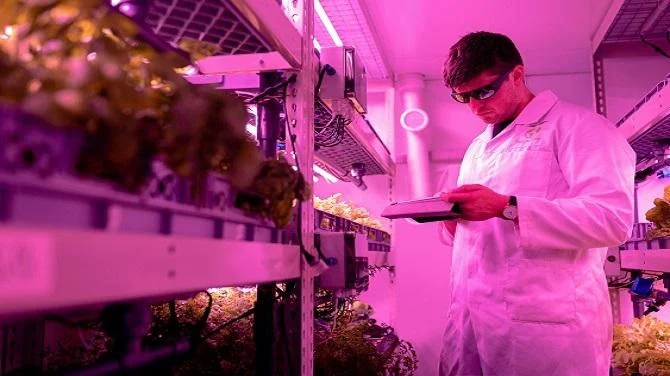From Starch to Supermolecules: The Surprising Power of Cyclodextrins

Cyclodextrins are a fascinating class of molecules with a wide range of applications across industries, from pharmaceuticals to food technology. These cyclic oligosaccharides, derived from starch, have a unique structure that enables them to form inclusion complexes with a diverse array of guest molecules. This property makes them invaluable for enhancing solubility, stability, and bioavailability of active ingredients. But how are these versatile molecules synthesized, and what are the latest developments in their production?
Nature's Gift: The Discovery of Cyclodextrins
Cyclodextrins were first discovered in the late 19th century by French chemist Antoine Villiers. While studying the fermentation of starch by Bacillus macerans, he isolated a crystalline substance that was later determined to be a cyclic oligomer of glucose. The name "cyclodextrin" was coined in the 1950s, reflecting the cyclic structure and the fact that they are derived from dextrins, a type of starch breakdown product.
The Cyclodextrin Structure: A Molecular Basket
The power of cyclodextrins lies in their distinctive toroidal (doughnut-shaped) structure. Consisting of 6-8 glucose units linked in a ring, they possess a hydrophilic (water-loving) exterior and a lipophilic (fat-loving) interior cavity. This allows them to capture hydrophobic (water-fearing) molecules in their central cavity, forming stable inclusion complexes. The size of the cavity varies depending on the number of glucose units (α, β, and γ-cyclodextrin, respectively), enabling them to accommodate a wide range of guest molecules.
Cyclodextrin Synthesis: From Microbes to Enzymes
Traditionally, cyclodextrins have been produced through the fermentation of starch by certain bacteria, such as Bacillus macerans. The enzyme cyclodextrin glycosyltransferase (CGTase) breaks down starch into linear dextrins, which then cyclize to form the characteristic ring structure. However, this microbial fermentation process has its limitations, including low yields, high production costs, and the need for rigorous purification steps.
In recent years, advances in biotechnology have paved the way for more efficient and cost-effective methods of cyclodextrin synthesis. Recombinant CGTase enzymes can be produced in hosts like E. coli, allowing for greater control over the reaction conditions and higher yields of pure cyclodextrins. Additionally, enzyme immobilization techniques enable the reuse of the CGTase, further reducing production costs.
Cyclodextrin Derivatives: Expanding the Possibilities
While natural cyclodextrins are incredibly versatile, their properties can be further tailored through chemical modification. Hydroxypropyl-, methyl-, and sulfobutyl-ether derivatives are just a few examples of the many modified cyclodextrins that have been developed. These derivatives often exhibit improved solubility, complexation ability, and stability compared to their parent compounds, opening up new avenues for their application in fields like drug delivery and biomedical imaging.
The Future of Cyclodextrin Synthesis: Green Chemistry and Scalability
As the demand for cyclodextrins continues to grow, there is a pressing need for more sustainable and scalable methods of production. Green chemistry approaches, such as the use of renewable starch sources and biodegradable solvents, are being explored to reduce the environmental impact of cyclodextrin synthesis. Additionally, advances in reactor design and process optimization are enabling the large-scale production of high-purity cyclodextrins, paving the way for their widespread adoption in industrial applications.
Conclusion
From their humble beginnings as a byproduct of microbial fermentation to their current status as a cornerstone of nanotechnology, the journey of cyclodextrins is a testament to human ingenuity and our ability to harness the power of nature. As researchers continue to push the boundaries of cyclodextrin synthesis and application, these molecular baskets are poised to play an increasingly important role in shaping the future of industries from healthcare to food technology.
- Questions and Answers
- Opinion
- Motivational and Inspiring Story
- Technology
- Live and Let live
- Focus
- Geopolitics
- Military-Arms/Equipment
- Segurança
- Economy/Economic
- Beasts of Nations
- Machine Tools-The “Mother Industry”
- Art
- Causes
- Crafts
- Dance
- Drinks
- Film/Movie
- Fitness
- Food
- Jogos
- Gardening
- Health
- Início
- Literature
- Music
- Networking
- Outro
- Party
- Religion
- Shopping
- Sports
- Theater
- Health and Wellness
- News
- Culture

